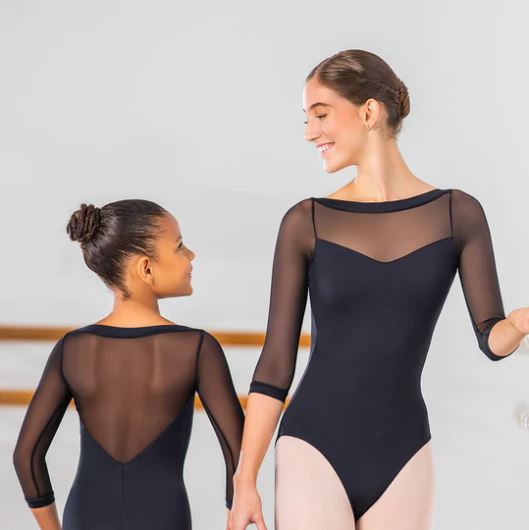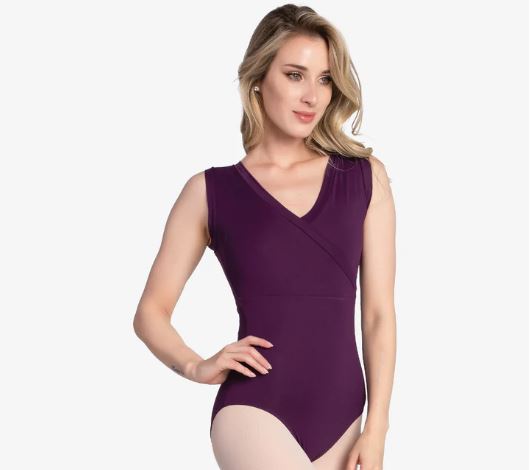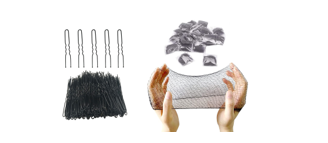Level VIII Wellness Program Reminder
Hello Level VIIIs!
This is a friendly reminder you have a Mental Health Seminar THIS Saturday October 1st from 10:15-11:15. We will not be sending weekly reminders in the future, so please make note of your fall 2022 schedule.








